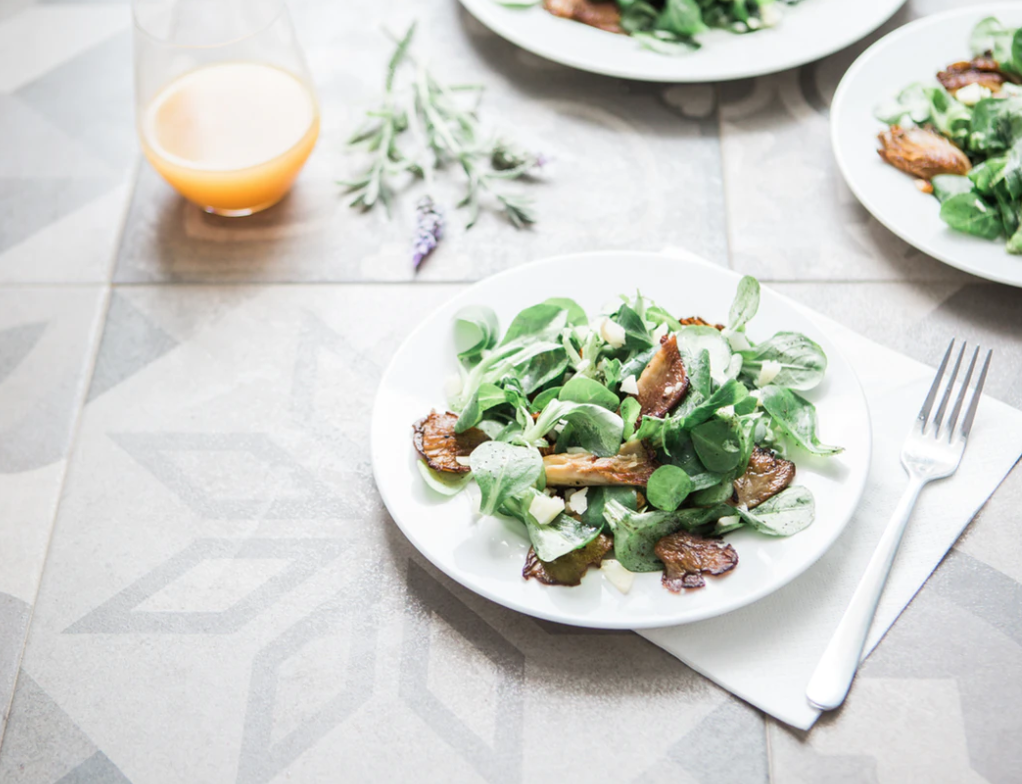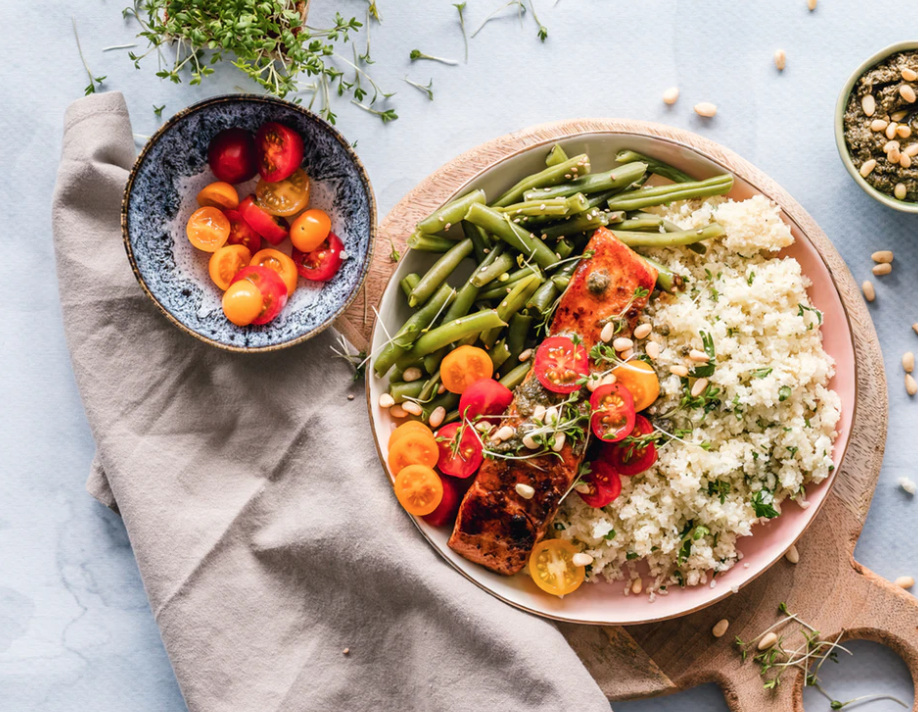High blood sugar is one of the most common – and dangerous – health risks around the world today. It’s associated with a huge number of chronic diseases such as cardiovascular disease, dementia, mood disorders, obesity, metabolic syndrome, autoimmune disease and more. Lowering your blood sugar is not just a matter of cutting out sugary foods and carbohydrates. There is also a subset of foods that will act lower your blood sugar for you. That’s right, you can eat your way to better blood sugar!
Let’s take a look at the 9 most effective foods to lower your blood sugar.
Foods That Will Help to Lower Your Blood Sugar
1. Cinnamon
Cinnamon is an aromatic spice that has been used both in cooking and traditional medicine for hundreds of years. It’s derived from the bark of several species of Cinnamomum tree, and is readily available in most supermarkets and grocery stores. As well as adding flavoring to sweet foods and beverages, cinnamon is also believed to lower blood sugar.
Some studies have shown that cinnamon may help lower blood sugar and reduce the risk of diabetes by imitating the effects of insulin and increasing glucose transport into cells. Other studies show that cinnamon can help to balance blood sugar by increasing the sensitivity of your body cells to insulin. This makes insulin more efficient at moving into cells, and may also improve glycemic control.
2. Vinegar
Some health practitioners find that taking 2 tablespoons of vinegar before a meal can significantly reduce the risk of blood sugar spikes caused by the food you’re eating. The vinegar can even be included as part of a vinaigrette salad dressing. A study in people with prediabetes showed that taking vinegar before or during a meal reduced their blood-glucose rise in the first hour after a meal by about half. This was compared with people who only drank a placebo beverage before their meal.
The healthiest form of vinegar is apple cider vinegar. Look for the unfiltered type which still contains the ‘mother’ (strands of protein, bacteria, and enzymes that give it a cloudy appearance).
3. Flax and Chia Seeds
Fiber is one key to reducing blood sugar. Fiber has the effect of slowing down the rate at which food is broken down in the gut. As a result, your blood sugar levels are less likely to ‘spike’ following a meal. Fiber can be included in most meals in the form of flaxseed or chia seeds, which are an easy addition to smoothies, salads, stir-fries, and more. Both are excellent sources of soluble fiber and also contain healthy Omega-3 and Omega-6 fatty acids, which have proven health benefits.
4. Garlic and Onions
A staple in most diets around the world, garlic and onions are both an essential part of a healthy diet. Studies have found that garlic is most beneficial in lowering blood glucose when consumed in its raw form rather than cooked, as cooking destroys its medicinal properties. For onions, it’s the sulfur compound called allyl propyl disulfide that’s believed to increase insulin production, lowering glucose levels.
5. Broccoli Sprouts
Known as a superfood, broccoli sprouts are now touted as the next big thing for lowering blood sugar levels. Studies have found that broccoli sprouts contain concentrated sulforaphane, a powerful compound that is able to reduce blood glucose levels in type 2 diabetes patients by up to 10 percent. It’s now thought that an extract of this compound could even be used to treat diabetes sufferers. In the meantime, you can simply add fresh broccoli sprouts to as many meals as you can!
6. Leafy Greens
Kale, spinach, and chard are some of the healthiest foods on the planet, thanks to their high antioxidant content. They’re also packed with nutrients and fiber. The fiber, in particular, helps to improve insulin function, as it slows down the release of sugar into the bloodstream. These greens also contain lots of magnesium to support your body’s ability to maintain healthy blood sugar levels, as well as chlorophyll, iron, potassium, Vitamins A and C. Leafy greens can be blended into juices or smoothies, or eaten in salads, stir-fries, baked goods, or alone.
7. Nuts
Like flaxseed and chia seeds, nuts are a rich source of both healthy fats and protein. Almonds, walnuts, cashews, and pecans help to slow down the release of sugars into the bloodstream while also keeping you feeling full and satisfied. Nuts have a low glycemic index (GI), which means they help to sustain your energy levels for longer. They’re also an excellent source of protein, as well as being full of iron, magnesium, and other vitamins and minerals. Nuts are great as a snack or in smoothies, salads and other meals. A little goes a long way!
You can also buy or make your own nut butter as a fantastic alternative to margarine or other spreads.
8. Non-Starchy Veggies
Vegetables that have a low glycemic index – such as asparagus, bok choy and other cabbages, artichokes, cauliflower, celery, zucchini, turnips, carrots, and squash – are also packed with the fiber you need to keep your blood sugar down. Each of these vegetables is low in carbohydrates and natural sugars, so they’re safe to eat on low sugar diets like the Candida Diet. They’re also full of natural vitamins and minerals.
The different textures and flavors of these vegetables also mean they’re great for keeping your diet interesting and varied! To enjoy them at their best, eat raw or lightly steamed. Another benefit of high fiber foods and recipes? They can also help to improve your gut health. That could mean better digestion, more energy, and a stronger immune system too.
9. Oily Fish
The best source of Omega-3 fatty acids, oily fish is a must in every diet. Fish such as salmon, mackerel, sardines, halibut, and anchovy are high in protein. This helps to keep you feeling fuller for longer. Omega 3 fats also reduce inflammation associated with diabetes and other harm caused by high blood sugar. Best of all, protein doesn’t impact blood sugar levels – which means it doesn’t have a GI ranking and won’t increase your blood sugar levels. Replacing carbohydrates with these high-protein foods is a key step in maintaining healthy blood sugar levels.
Here’s one last thing to consider, although it’s not generally a concern for most people. Make sure that you don’t send your blood sugar too low! Low blood sugar can cause symptoms that are just as troubling as high blood sugar. Aim to keep your blood sugar in a healthy, stable range, without large spikes higher or drops lower throughout the day. That will help you to control your weight, maintain your energy throughout the day. You’ll reduce your risk of all kinds of unpleasant health problems.
While you’re here, check out how and why sugar could be triggering your anxiety.



